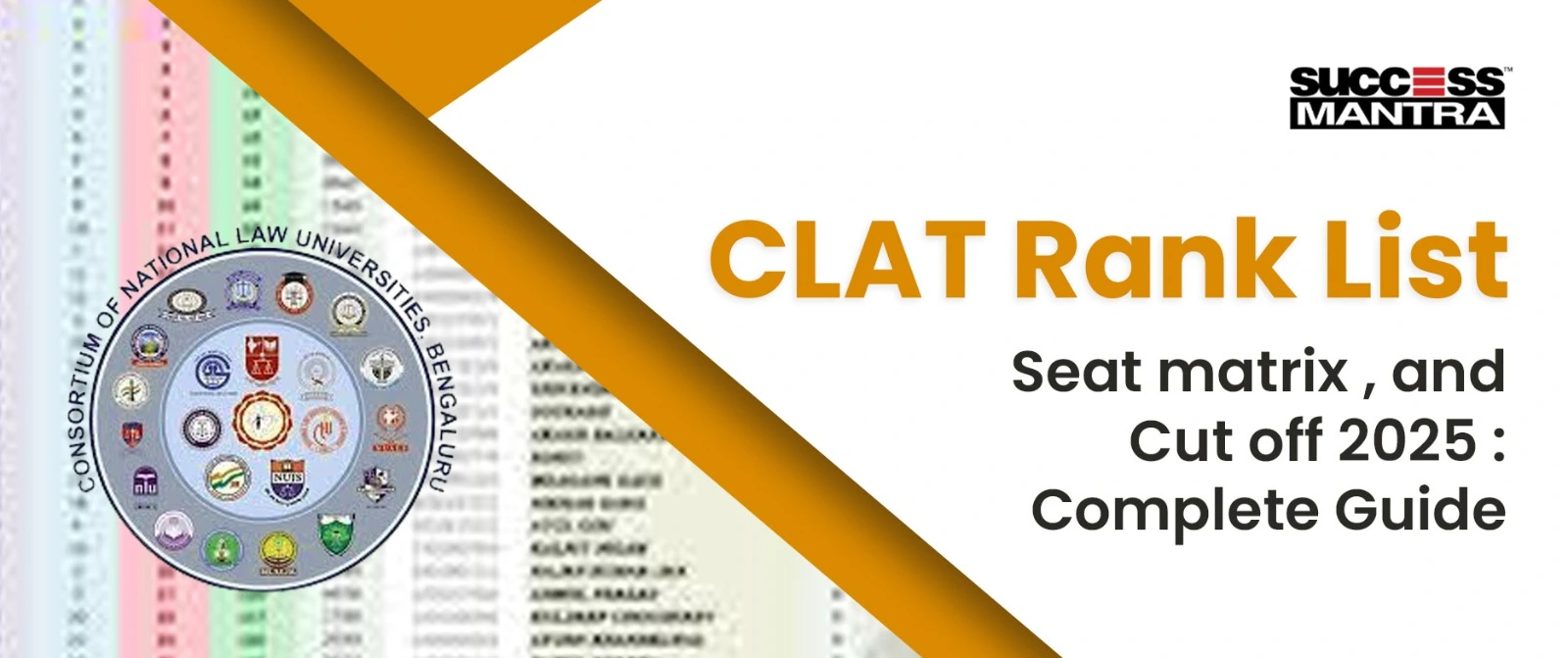GK COMPLETE STUDY NOTES ON CONSTITUTION OF INDIA
CONSTITUTION OF INDIA

The Constitution of India establishes India as a federal state with division of powers between the federal and state government, independent judiciary etc. However, the concept of single citizenship and a strong centre vis-à-vis the states are features of a unitary government. For this reason, K C Wheare described India as ‘quasi-federal’ state and Granville Austin described India’s federalism as ‘Cooperative Federalism.’
Article 1 of the Constitution describes India as a Union of States. There are 29 states in India, with Telangana being the newest state.
Drafting of the Indian Constitution
- At the time of adoption, the Constitution comprised of 395 Articles and 8 schedules. At present it has 465 articles (although the last article in the Constitution is Article 395) and 12 schedules.
- The Constituent Assembly took a total of 2 years, 11 months and 18 days to finish the draft of the Constitution. The first meeting of the Constituent Assembly took place on December 9, 1946 and last meeting was held on November 26, 1949.
Constituent Assembly
The Constituent Assembly was composed from amongst the elected members of the Legislative Assembly. Each province was allotted a certain number of seats in the Constituent Assembly which was proportional to its population. In this way, each member of the Constituent Assembly was a representative of one million people.
- Dr. Sachchidanda Sinha - first President of the Constituent Assembly.
- Rajendra Prasad – (Permanent) President of Constituent Assembly
- B R Ambedkar - Chairman of the Drafting Committee of the Constituent Assembly.
- Constitutional Advisor – B N Rao
- Chairman of Sub-committee on Fundamental Rights – J B Kriplani
- Chairman, Committee on the National Flag – Rajendra Prasad
- Chairman, Sub-committee on Minorities – H. C. Mookherjee
The draft of the Indian Constitution was adopted by members on November 26, 1949. For this reason, November 26 is celebrated as Law Day in India. The provisions on citizenship, Parliament and elections were implemented at the time of adoption of the Constitution. However, the majority of the Constitution came into effect from January 26, 1950. This date was chosen because on this day i.e. January 26 in 1929, the Indian National Congress had adopted the resolution of Purna Swaraj at its Lahore Session.
The Constituent Assembly adopted the National Flag on July 22, 1947. The National Calendar is based on the Shaka era.
The National Emblem was adopted on January 26, 1950. It shows three lions, a galloping horse, bull and chakra. This was borrowed from the capital of Ashoka’s pillar at Sarnath.
The words Satyameva Jayate have been adopted from the Mundaka Upanishad.
The Constituent Assembly adopted the National Anthem, Jana gana Mana composed by Rabindranath Tagore on January 24, 1950. Rabindranath Tagore is the only person in the world who has composed the national anthem of two nations i.e. India and Bangladesh (Amar Shonar Bangla).
Sources of the Indian Constitution
India has borrowed provisions for the Constitution from several mature constitutional orders of the world. For this reason, Dr B R Ambedkar popularly said that Indian Constitution has been framed after ‘ransacking all the known Constitutions of the World.’
| Country | Provisions |
| France | Liberty, Equality, Fraternity |
| United States | Preamble, Judicial Review, Fundamental Rights |
| Ireland | Directive Principles of State Policy |
| Canada | Residuary powers with the centre |
| Australia | Concurrent List |
| South Africa | Amendment Procedure |
| Germany | Effect of emergency on fundamental rights |
Preamble
The Preamble lays down the objective with which the Constitution of India has been drafted. Preamble is non-justiciable i.e. it is not per se enforceable in a court of law. The Preamble to the Constitution reads as follows – “We, the people of India, having solemnly resolved to constitute India into a Sovereign, Socialist, Secular, Democratic, Republic and to secure to all its citizens: Justice social, economic and political; Liberty of thought,
expression, belief, faith and worship; Equality of status and of opportunity; and to promote among them all Fraternity assuring the dignity of the individual and the unity and integrity of the Nation. In our Constituent Assembly this twenty sixth day of November 1949, do hereby adopt, enact and give to ourselves this Constitution.” The words ‘secular,’ ‘socialist’ and ‘integrity’ were added to the Preamble of the Constitution by
the 42nd Constitutional amendment in 1976.
Fundamental Rights

Fundamental rights are provided in Part III of the
Indian Constitution.
| Articles | Fundamental Rights |
| Article 14 | Right to equality and equal protection of the law |
| Article 15 | No discrimination on the basis only of religion, race, caste, sex or place of birth |
| Article 16 | Equal opportunities in matters of employment |
| Article 17 | Prohibition on Untouchability |
| Article 18 | Abolition of Royal titles |
| Article 19 | Freedom of - (a) speech and expression (b) free assembly (c) association (d) movement (e) settlement (f) profession, occupation, trade and business |
| Article 20 | Freedom against ex-post facto laws, double jeopardy and protection against selfincrimination |
| Article 21 | Right to Life and personal liberty |
| Article 21(A) | Right to Education to children of age group 6-14 years |
| Article 22 | Freedom against arrest/ detention in certain cases |
| Article 23 | Prohibition of traffic in human beings and forced labour |
| Article 24 | Prohibition of employment of children in hazardous employment |
| Article 25 | Freedom of Conscience and free profession |
| Article 26 | Freedom to manage religious affairs |
| Article 27 | Freedom from payment of taxes for promotion of any particular religion |
| Article 28 | Freedom to attend religious instruction in certain educational institutions |
| Article 29 | Right of Minorities to protect their language, script or culture |
| Article 30 | Right of minorities to establish and maintain their educational institutions |
| Article 32 | Right to Constitutional Remedies |
Distribution of Legislative Powers

The Constitution of India divides the legislative powers between the Union Government and the State Government in the form of three lists which are incorporated in the 7th Schedule to the Constitution. These three lists are –
- Union List – Only the Union Government has the power to make laws on these subjects. There are 100 entries under the Union List like defence, foreign jurisdiction, citizenship etc.
- State List – Only the respective State Governments have the power to make laws under this list. This list comprises of 61 subjects which includes communications, agriculture, police, local government etc.
- Concurrent List – Both the State and the Union Government can make laws on the subjects enumerated in Concurrent List. However, in case of any inconsistency between the laws made by the State and Union Government, the law made by the Union Government will prevail. There are 52 subjects under the Concurrent List like criminal law, labour law, transfer of property etc.
The residuary powers rests with the Union Government i.e. if any subject is not covered under any of the threes lists, the Union Government will have the sole power to legislate on that subject.
Emergency

Three kinds of emergencies can be imposed in India.
- National Emergency - According to Article 352, President can impose a national emergency when there is a threat to India by war, external aggression or armed rebellion. National emergency was proclaimed for the first time in October, 1962 due to Chinese aggression against the territory of India.
- State Emergency - President can proclaim a state emergency under Article 356 if the constitutional machinery has failed in the States. The state emergency was imposed for the first time in Punjab in 1951.
- Financial Emergence - President can declare a financial emergence under Article 360 if the financial stability or credit of India is threatened. Financial emergence has never been imposed in India.
Procedure to Amend the Constitution
Article 368 provides three ways in which the Constitution can be amended, depending upon the provision which is sought to be amended.
- Amendment by simple majority.
- Amendment by two-thirds majority of both Houses of Parliament
- Amendment by a two-thirds majority of both Houses of Parliament and ratification by at least half of the state legislatures. This is applicable for those provisions that affect the federal character of the Constitution.
Till date, the Constitution has been amended a total of 100 times. Some of the most important Constitutional Amendments are –
| 1st Amendment, 1950 | Added the 9th schedule to the Constitution. |
| 10th Amendment, 1961 | Incorporated Dadra and Nagar Haveli in the Union of India |
| 12th Amendment, 1962 | Incorporated Goa, Daman and Diu into the Union of India |
| 13th Amendment, 1962 | Created Nagaland as a state of the Union of India |
| 14th Amendment, 1962 | Incorporated Pondicherry (former French colony) into Indian Union |
| 21st Amendment 1967 | Sindhi was added as the 15th language in the 8th Schedule |
| 22nd Amendment 1969 | Created the state of Meghalaya |
| 36th Amendment, 1975 | Sikkim became a full-fledged state of the Union of India |
| 42nd Amendment 1976 | Often known as the Mini- Constitution. It added 10 fundamental duties (Article 51A), added the words ‘secular’ ‘socialist’ and ‘integrity’ to Preamble and added certain DPSPs (Article 39A, 43A and 48A) |
| 44th Amendment, 1978 | Right to Property was removed as a fundamental right |
| 52nd Amendment, 1985 | Introduced anti-defection provisions to the constitution by inserting 10th Schedule |
| 61st Amendment, 1989 | Reduced voting age from 21 to 18 years for Lok Sabha and state assemblies |
| 73rd Amendment, 199 | Provided for constitution of Panchayats and reservation of seats for SC/ST/women |
| 74th Amendment 1992 | Provided for establishment of Municipalities |
| 86th Amendment, 2002 | Article 21A was inserted to provide for the right to education. |
| 92nd Amendment, 2003 | Amended the 8th Schedule by adding four languages – Bodo, Maithili, Santhali and Dogri. The number of scheduled languages in the Constitution now stood at 22. |
| 99th Amendment 2014 | Establishment of National Judicial Appointments Commission |
| 100th Amendment 2015 | Amended the 1st schedule pursuant to India – Bangladesh Land Boundary Agreement |
| 101st Amendment 2017 | GST |














